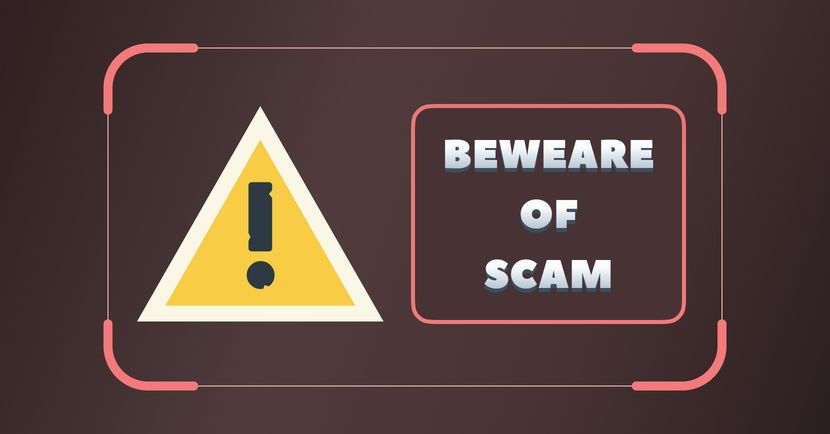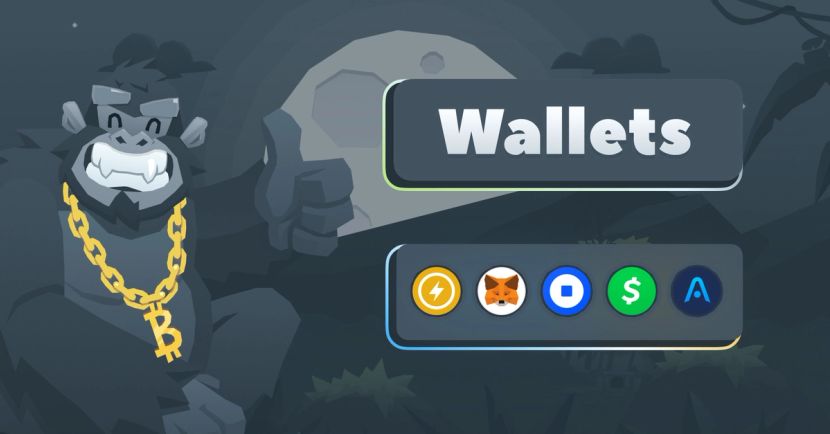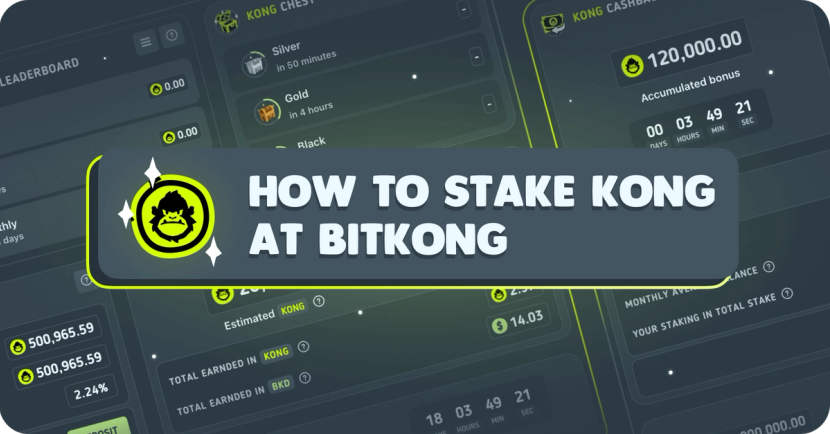What is Staking Crypto? A Complete Guide for Stakers in 2023
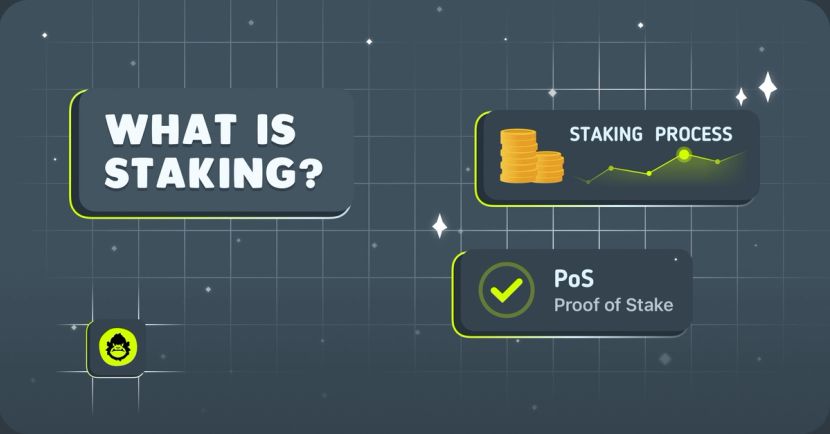
Introduction
Cryptocurrencies have different methods to ensure liquidity and strengthen the functioning of their blockchain. One of these methods is allowing users to hold specific amounts of cryptocurrency in a wallet to support the network’s operations. A process called staking. Now, to understand staking, it is essential to know how blockchain technology works, especially in decentralized systems. Why did blockchain management turn to democratic systems where the asset holder influences the decision-making? The answer lies in the public’s need for data and asset ownership. Staking emerges as yet another means to transfer control over financial assets from conventional avenues to markets centered around the user.
Quick Recap on Cryptocurrencies
Cryptocurrencies , led by Bitcoin's emergence, are reshaping finance with innovation and adaptability. These digital assets transcend being mere cash substitutes, evolving into investments and income generators. The industry's evolution has been marked by dynamic shifts since Bitcoin's 2008 debut, bringing forth altcoins and the DeFi realm. Bitcoin's impact profoundly revolutionized trust, ownership, and financial autonomy. As the crypto landscape diversifies, the influence of cryptocurrencies extends beyond Bitcoin alone. Challenges, from stablecoin issues to regulatory uncertainties, have strengthened the industry's resilience. Led by Bitcoin's enduring spirit, the crypto saga continues, promising new horizons, financial autonomy, and a revolution in our money interactions.
Breaking Down Crypto Staking
Crypto staking refers to allocating and holding a certain amount of cryptocurrency within a dedicated pool to strengthen a specific network or project within the market. The foundations of staking lie in its power to improve decentralization. Unlike traditional systems where decision-making authority is centralized, staking empowers a network by placing this influence among node operators and their users rather than placing it exclusively on a single individual or entity. Staking pools are collaborative platforms where users combine resources to expand the network's security and efficiency. This concept encourages active engagement and promotes a democratized network governance. In the world of cryptocurrency, proof of stake (PoS) model plays a pivotal role. This model replaces the energy-intensive proof of work (PoW) by making it more efficient, but we’ll go over the differences later on.
How Crypto Staking Works
Staking in the cryptocurrency world is a dynamic process that empowers users while securing blockchain networks. Participants commit some of their chosen cryptocurrencies to dedicated wallets, promoting network stability and growth. The higher the stake, the greater the reward potential, incentivizing active involvement. Crucially, participants, known as validators, play a vital role in transaction validation and network security, helping maintain blockchain integrity. This decentralized approach ensures transparency, consensus, and protection against potential attacks. Staking not only encourages user engagement but also upholds the strength and credibility of the entire blockchain ecosystem.
Understanding Proof of Stake vs. Proof of Work
Proof of Stake (PoS) and Proof of Work (PoW) are two distinct consensus mechanisms that underpin blockchain networks. The key difference lies in how they validate transactions and secure the network. While PoW relies on miners solving complex mathematical puzzles to validate transactions and create new blocks, PoS operates by validators staking their coins as collateral to confirm transactions and create new data blocks. This shift from resource-intensive mining to staking brings several improvements to the crypto community. PoS is more energy-efficient, as validators don't compete for confirmations like miners do, significantly reducing the environmental impact. Additionally, PoS reduces the risk of centralization seen in PoW systems, as validators are chosen based on their stake, promoting wider network participation and decentralization. This innovation contributes to a more sustainable and inclusive blockchain ecosystem.
The Role of Validators
Validators play a crucial role in the staking process, acting as the backbone of blockchain networks. These participants are responsible for confirming transactions and validating the accuracy of block information. Their commitment ensures the integrity and security of the network, preventing fraudulent activities and maintaining transparency. Validators are selected based on the number of coins they have staked. For instance, Ethereum requires each validator to hold at least 32 ETH. This requirement is used as a measure of their investment in the network's success. Becoming a validator involves meeting specific criteria set by the network, which may include holding a minimum number of coins and maintaining high network uptime. By fulfilling these requirements, validators contribute to the consensus mechanism, enabling decentralized decision-making and ensuring the reliability of the blockchain ecosystem.

Why Stake Cryptocurrency?
Financial Benefits of Staking
One of the significant attractions of crypto staking is the potential for lucrative passive returns that holders can earn. Staking returns often surpass the interest rates offered by traditional investment options like stocks, bonds, or real estate. This creates an appealing opportunity for individuals to grow their wealth in the evolving landscape of cryptocurrencies. When considering staking methods, it's essential to explore different options, including:
- Solo Staking involves an individual staker operating their own node and directly participating in the network.
- Staking as a Service (SaaS) allows users to delegate their assets to a third-party service provider for a periodic fee.
- Pooled Staking, on the other hand, combines the resources of multiple users to increase the chances of earning rewards and allows them to stake smaller amounts.
Evaluating these methods will help stakers choose the most suitable approach to maximize their financial gains while participating in the network's growth.
Contribution to Blockchain Security
Staking plays a pivotal role in ensuring the security of the blockchain network. By requiring holders to put their own cryptocurrency at stake, staking incentivizes participants to validate transactions accurately and maintain the integrity of the network. This process ensures that only legitimate transactions are added to the blockchain, effectively preventing malicious activities and potential threats. The financial commitment of stakers acts as a deterrent against any attempts to compromise the network's security, as they have a vested interest in maintaining the network's reliability and authenticity. This innovative approach to security not only safeguards the blockchain against fraudulent activities but also promotes the growth and trust of the entire crypto ecosystem.
Influencing Decisions
Network security isn’t the only advancement brought forward by staking. Token holders can create a dynamic and decentralized landscape canalizing the blockchain’s decision-making through a concept called governance. Governance involves token holders collaborating to determine key network changes, upgrades, and protocols. In proof-of-stake systems, significant token holders possess the privilege to propose and vote on these alterations. This integration ensures a democratic structure, preventing excessive control by any single entity. Token holders, financially invested in the blockchain's success, actively shape the network's trajectory while safeguarding their holdings' value and functionality. This union fosters transparency, inclusivity, and a sense of shared ownership among stakeholders, upholding the blockchain's decentralized essence and promoting community-driven development.
Risks Involved in Crypto Staking
While staking offers attractive benefits, knowing the potential risks is crucial before choosing a staking method. For starters, the time commitment of tokens can be considerable, as they're typically locked up for a predetermined period. Additionally, the market volatility of the staked asset can impact overall returns. If the value drops significantly, rewards might not offset losses. Moreover, certain assets might lack liquidity, which might limit your ability to sell them swiftly. It is important that you establish beforehand what do you expect from your staking initiative and how much risk can you afford to take. Research the project's fundamentals, its team, and the token's use case. Prioritize secure staking practices by choosing reputable staking platforms with clear information on staking rewards and locking periods. Diversification across various staking assets can help mitigate risks associated with a single token's performance. By staying informed and practicing cautious staking, enthusiasts can make the most of this empowering financial mechanism.
How to Start Staking Crypto
Choose the Right Coin for Staking
Selecting the ideal crypto asset for staking is a critical decision that can significantly impact your returns and overall experience. Consider a range of factors, such as the project's credibility, utility, and growth potential. Established cryptocurrencies like Ethereum and Cardano often provide stable staking options due to their well-established networks. However, exploring new staking projects can also yield long-term benefits. Early adoption of promising projects might offer higher staking rewards, especially if the project gains traction and its token value increase. Established assets might sound more enticing in terms of solidity. Still, the potential gains from staking on new projects can be compelling for those capable of separating solid, promising features from scammy marketing talk by conducting thorough research and taking calculated risks.
Storing your Crypto Safely
Part of analyzing the risks of staking is knowing where to store your profits after receiving staking rewards. Going for a Web3 wallet, in particular, offers enhanced security benefits. Web3 wallets are decentralized by design. They give users complete control over their private keys, eliminating the need to trust centralized entities with your funds. This approach puts the risk of hacks or unauthorized access at bay. Plus, Web3 wallets often integrate directly with various decentralized applications, including staking platforms, allowing for a streamlined and secure staking experience. By choosing a Web3 wallet , stakers can enjoy the peace of mind that their assets are well-protected while actively participating in the growth of blockchain networks through staking.
Understanding Staking Pools
Staking pools have emerged as a collaborative avenue for stakers to collectively earn rewards, a mechanism particularly applicable in blockchain networks utilizing the Proof of Stake (PoS) model. Thanks to ingenious protocol design features, this communal approach extends even to non-PoS systems. Within staking pools, participants pool their cryptocurrency holdings, effectively combining their staking power. This consolidation not only enhances the chances of receiving staking rewards but also allows stakers with smaller holdings to participate in a more meaningful way. The rewards obtained through staking are then distributed among the participants proportionally to the number of tokens each individual contributed to the pool. By leveraging the power of numbers, staking pools democratize the staking process, making it accessible and rewarding for a broader range of crypto enthusiasts.
Case Study - Successful Staking Coins
In terms of mainstream crypto staking, the most successful coin names that come to mind are Ethereum (ETH), Cardano (ADA), Solana (SOL), Avalanche (AVAX), and Polkadot (DOT) stand out. These cryptocurrencies have not only established their performance but have also attracted a substantial staking community. They represent diverse blockchain networks and projects that have effectively implemented the staking model to bolster network security and engage their communities.
If we had to highlight the best staking platforms, we could say that Coinbase, Binance U.S., and Kraken have emerged as some of the most trusted and user-friendly options for stakers. Coinbase's user-centric interface and security features make it an attractive choice for beginners and experienced stakers. Binance U.S. provides a comprehensive platform with many staking options, ensuring convenience and access to diverse staking opportunities. Meanwhile, Kraken offers a sophisticated staking service, often with higher rewards due to its large user base and active staking community. These platforms not only make staking accessible but also play a crucial role in fostering the growth of the staking ecosystem.

Predictions for Crypto Staking in 2023
The staking arena is developing new trends that go far beyond decentralized finance. Staking has expanded its horizons into unexpected realms, such as the realm of crypto casinos. This trend allows users to stake their tokens on various casino platforms, adding an extra layer of excitement and potential rewards to the gaming experience. Such is the case of BitKong, which this year has launched its new gaming and staking decentralized token, KONG. Additionally, the concept of sports tokens has gained traction, enabling sports enthusiasts to stake tokens and gain governance rights in sports clubs. This innovative approach not only deepens fan engagement but also presents a unique way for supporters to influence club decisions. As staking continues to evolve, these emerging trends hint at a future where participation, engagement, and influence extend far beyond conventional boundaries.
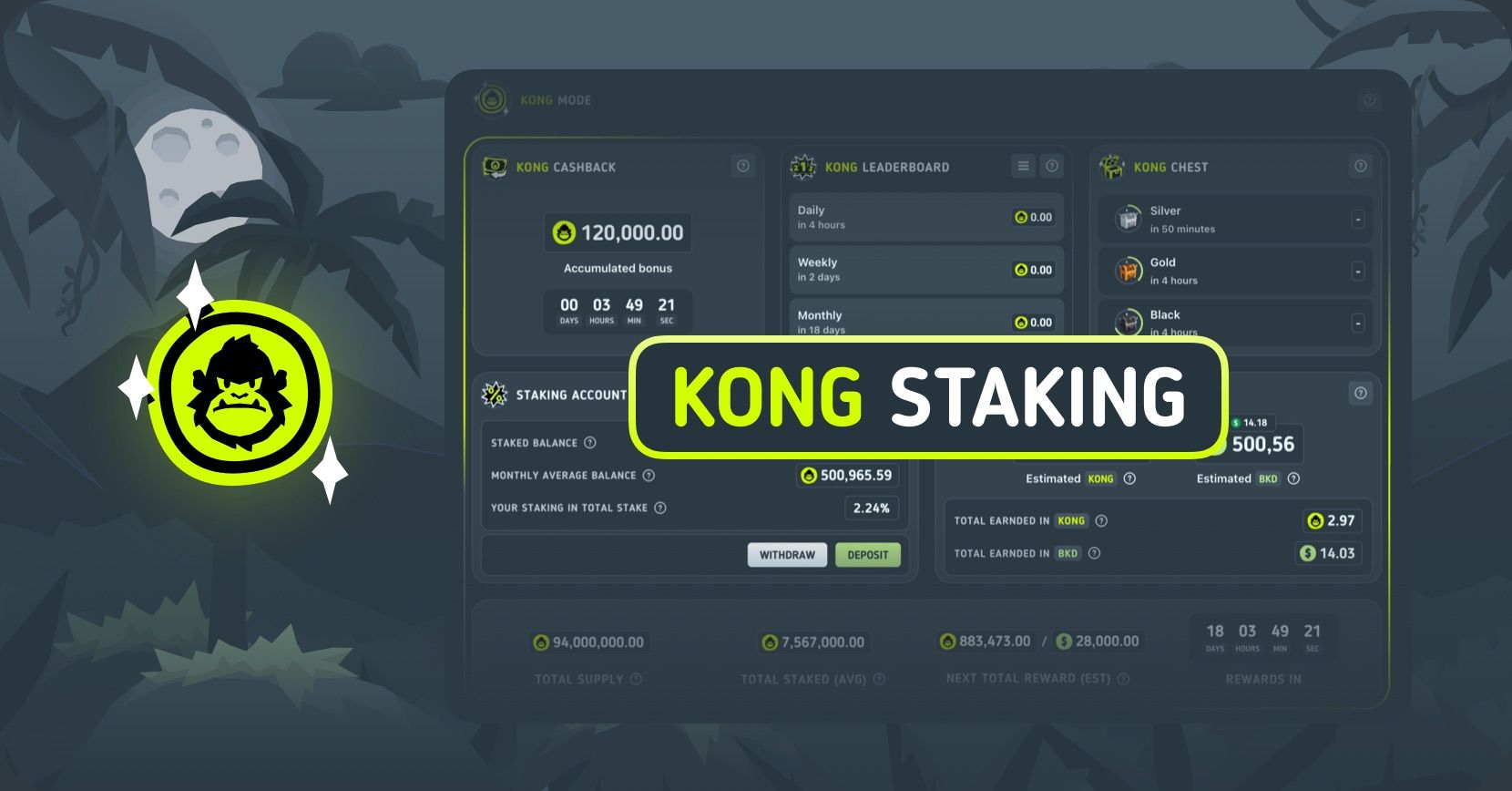
Impact on the Crypto Industry
Staking's influence on the cryptocurrency industry extends beyond its financial rewards. By fostering decentralization, staking empowers individuals to actively participate in network decisions, reinforcing the democratic essence of blockchain technology. This shift towards decentralized governance enhances network security and encourages a more inclusive industry landscape. As projects adopt staking for governance and security, its transformative impact on the industry becomes evident, promising a decentralized future that aligns with the fundamental principles of cryptocurrencies.
Conclusion
In the world of cryptocurrencies, staking allows you to put your crypto to work to support blockchain networks and earn rewards. Unlike energy-intensive mining, staking is eco-friendly and lets smaller players team up to get in on the action. However, there is a risk of losing funds if the market turns sour, so always do your research and choose the right coins for staking. Popular platforms like Coinbase, Binance U.S., and Kraken are making staking easy, and staking is also moving beyond finance. As staking grows, it is making cryptocurrencies better and more inclusive.



